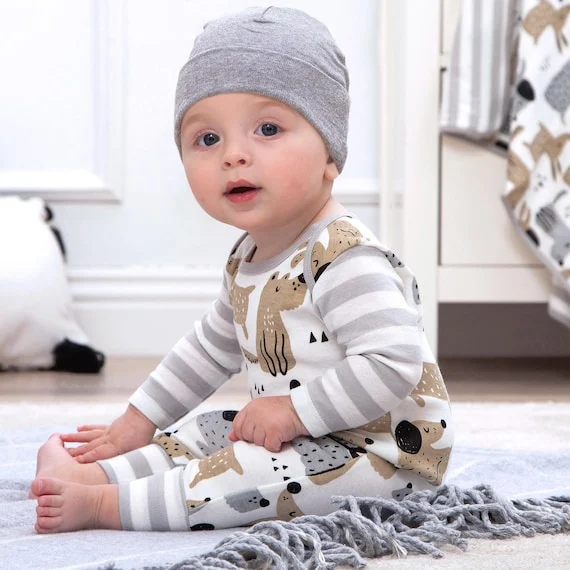Navigating motherhood can be challenging, especially when faced with unexpected medical concerns. My experience started with a difficult delivery, leading to a surprising diagnosis for my newborn daughter. After enduring two failed inductions and an eventual C-section, I was still reeling when the pediatrician informed me that my baby had hip dysplasia and needed a Pavlik Harness. It was a whirlwind of emotions, but I quickly learned that there’s a lot to understand about this condition. Here are ten key points every parent should know.
- You Are Not Alone
Hip dysplasia affects more infants than you might think. Research indicates that the prevalence of hip instability at birth varies widely, with estimates ranging from 1.6 to 28.5 per 1,000 infants. The rate of persistent issues after birth is approximately 1.3 per 1,000. So, there are likely other families navigating similar challenges. - It’s Manageable and Non-Life-Threatening
One of the most reassuring aspects of hip dysplasia is that it’s treatable and does not pose a threat to your baby’s overall health. Remember that many families face much more severe health concerns. Your child may need a brace, but they won’t have to endure a NICU stay. - Allow Yourself to Grieve
Even though your baby will likely be fine, it’s perfectly normal to feel a sense of loss over the plans you had for parenthood. Adjusting to the new realities—like needing a different car seat or altering your baby’s wardrobe—can be emotionally taxing. It’s okay to shed a few tears. - Babies Adapt
Rest assured, your little one doesn’t know anything different. They will acclimate to the brace and the changes in their routine. Take heart in knowing that babies are remarkably resilient. - Leg Warmers Are Essential
Once we learned about the diagnosis, leg warmers became a staple in our household. They help keep your baby warm and can also make the brace less noticeable. Plus, diaper changes become easier without pants! - Breastfeeding is Still Possible
There’s a misconception that you can’t breastfeed a baby in a Pavlik Harness, but that’s far from the truth. With some adjustments and support from lactation consultants, you can successfully continue your breastfeeding journey. - Milestones Will Still Be Achieved
It’s crucial not to compare your baby’s development with others. Your child will still reach milestones like rolling over, crawling, and walking, even while wearing the brace. They’ll adapt and thrive in their own time. - Sturdiness Can Be a Plus
Those newborns who seem fragile? Your baby, equipped with the support of the Pavlik Harness, will feel sturdier. In time, you might find yourself marveling at their newfound abilities and strength. - Brace Upgrades Might Happen
Some parents are surprised to learn that treatment can involve additional braces like the Rhino Cruiser. Each child’s journey is unique, and while some may be out of the initial harness in weeks, others may require extended use of more complex devices. - This is Temporary
It’s essential to remember that hip dysplasia is not a lifelong condition. Your child won’t need to face long-term complications. With timely intervention, they’ll be able to participate fully in activities like soccer or gymnastics as they grow.
Take heart, fellow parents. This journey, while challenging, is manageable. Your baby will adapt, and brighter days are ahead.
For more insights on home insemination and related topics, check out our other blog posts, including this one on our terms and conditions. If you’re exploring options for conception, consider visiting Make a Mom, a trusted resource in home insemination. For comprehensive information about the process, Wikipedia offers a great overview.
Summary: Understanding your baby’s diagnosis of hip dysplasia can be overwhelming, but it’s crucial to know that you’re not alone, and the condition is manageable. Adjusting to changes, embracing support systems, and remaining hopeful about your child’s development can make a significant difference in your experience as a parent.
